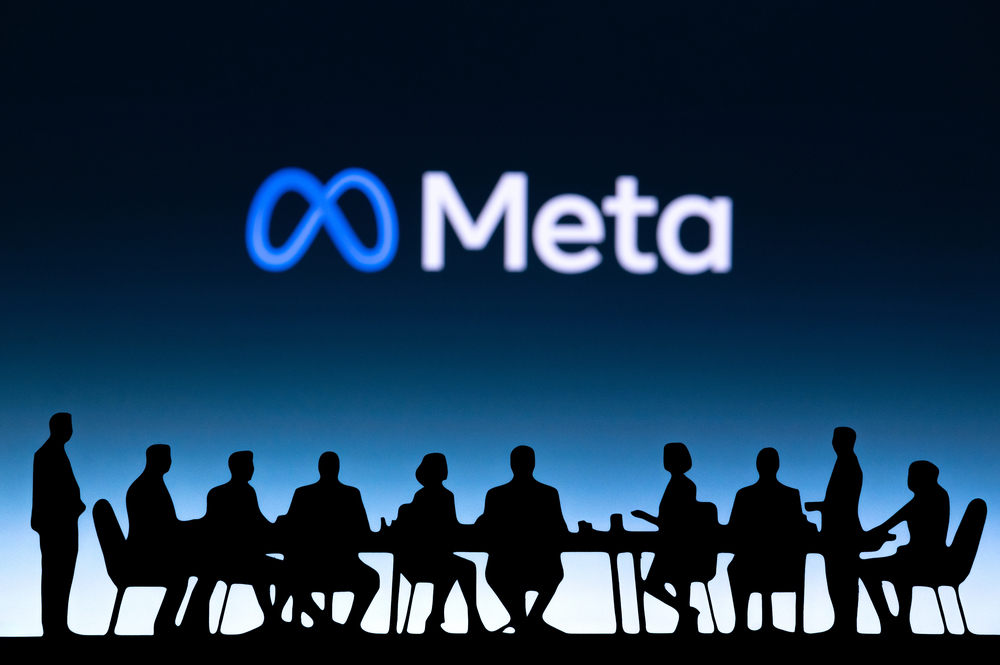
Mark Zuckerberg’s Meta Platforms Inc. has finalized a monumental financial agreement nearing $30 billion to propel its Hyperion data center campus in rural Louisiana forward, finalizing what stands as the largest private capital investment package in history. This colossal deal not only underscores the immense capital demands of the modern AI arms race but also signals a transformative shift in how big tech funds its physical infrastructure. The project is poised to dramatically alter the economic and technological landscape of Richland Parish.
In a strategic move for financial efficiency, Meta is partnering with investment firm Blue Owl Capital Inc. under a shared ownership model. Contrary to traditional project financing, Meta will retain only a 20% equity stake in the physical data center property itself.
The bulk of the capital, comprising over $27 billion in debt and approximately $2.5 billion in equity, was orchestrated by Morgan Stanley through a Special Purpose Vehicle (SPV). This innovative structure is rapidly gaining favor for massive-scale infrastructure projects, allowing tech giants to keep significant debt off their corporate balance sheets while offering Wall Street investors a stable, investment-grade opportunity tied to tangible assets.
Despite its minority ownership, Meta will serve as the project’s developer, operator, and primary tenant, ensuring complete control over the operations critical to its AI and metaverse ambitions.
Through its 20% stake, the company is committed to providing nearly $6 billion in direct construction funding. This SPV model is becoming an industry blueprint; Elon Musk’s xAI is reportedly pursuing a similar framework for a $20 billion raise, opting to rent essential computing chips rather than bear the full cost of ownership, highlighting a pivotal trend in tech infrastructure strategy.
The sheer scale of the Hyperion project is staggering. Envisioned for over 2,250 acres of former farmland, the campus is designed to span more than four million square feet upon completion. With renderings indicating plans for up to nine individual buildings, the facility is engineered to deliver a massive 2 gigawatts of power capacity, a necessity for energy-intensive AI computations. Meta anticipates the construction of this technological behemoth, which will form the backbone of its future services, to be fully operational by the end of the decade.



